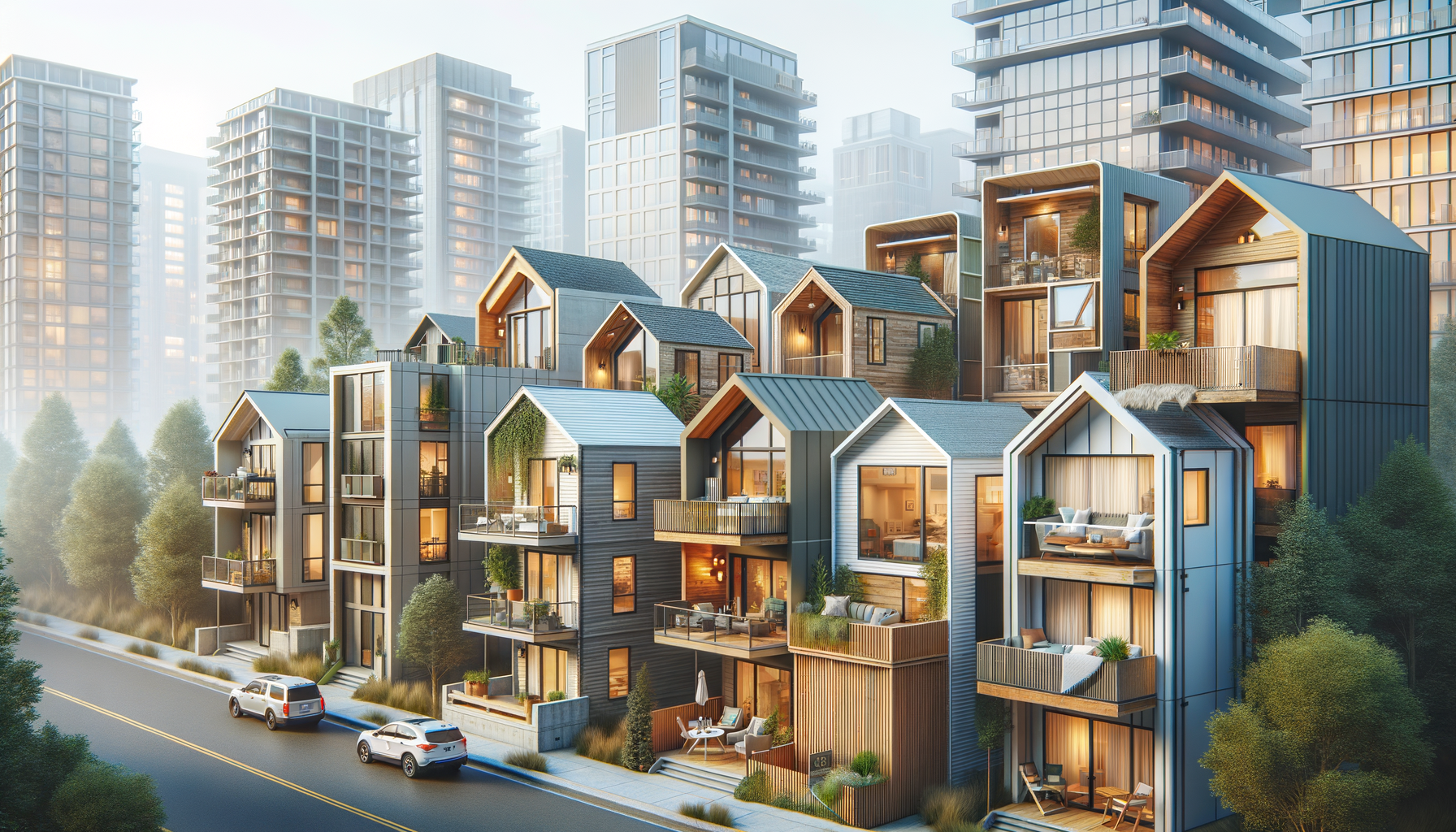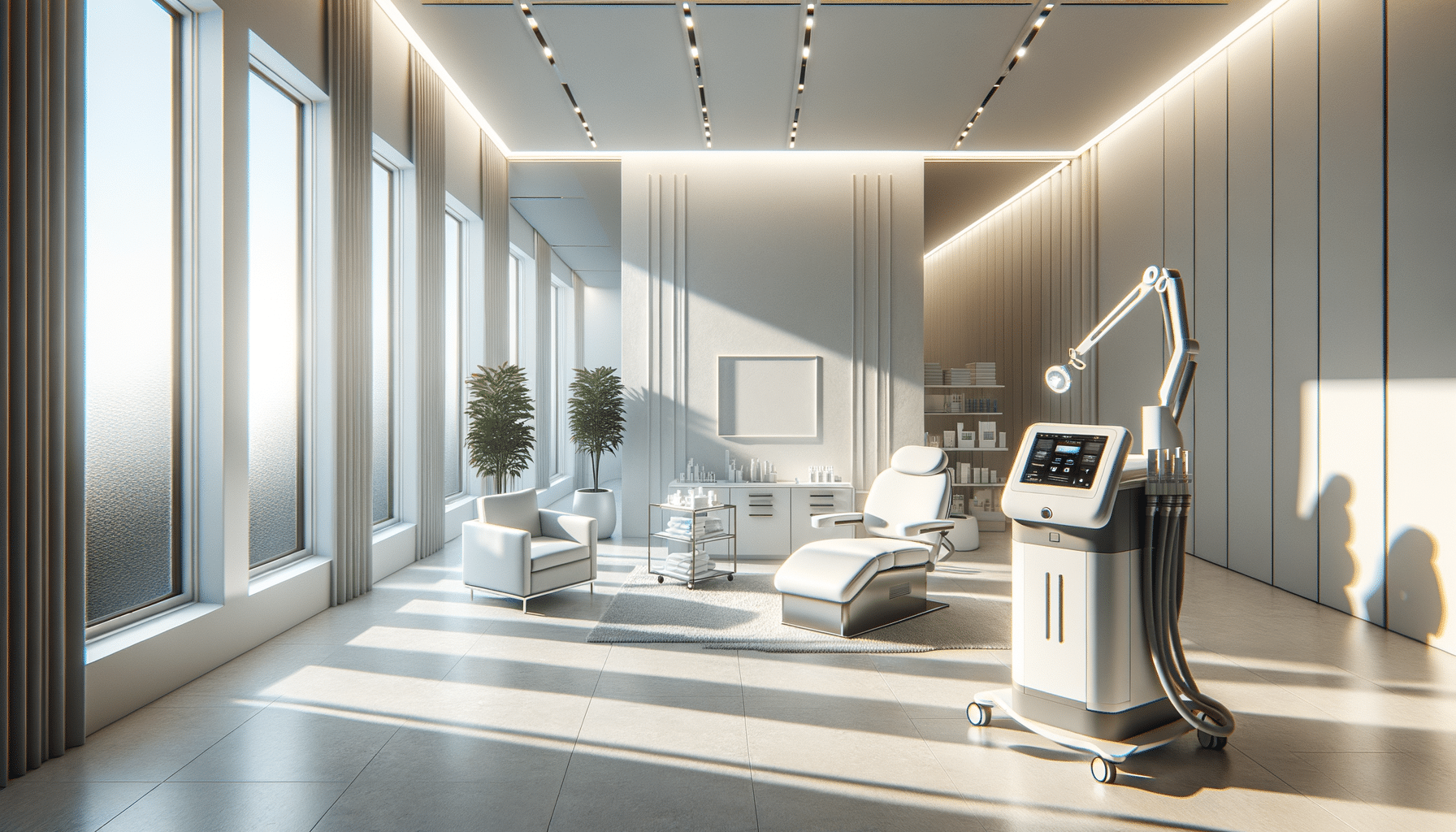
A Guide to Accessory Dwelling Units
Understanding Accessory Dwelling Units
Accessory Dwelling Units, commonly known as ADUs, are secondary housing units located on the same property as a primary residence. These self-contained units come equipped with their own kitchen, bathroom, and living area, making them a versatile option for various needs. ADUs can be constructed in different forms, such as detached units, garage conversions, or basement apartments. The concept of ADUs is not new; they have been a part of urban planning for decades, providing solutions for housing shortages and accommodating extended family living.
The growing popularity of ADUs is driven by several factors. Firstly, they offer a practical solution to the increasing demand for affordable housing in urban areas. As cities expand and property prices rise, ADUs provide a cost-effective alternative for homeowners and tenants alike. Secondly, they contribute to sustainable living by utilizing existing land more efficiently, reducing the need for new construction and preserving green spaces. Finally, ADUs offer flexibility for homeowners, serving as rental income, guest accommodations, or living quarters for aging family members.
To better understand the appeal of ADUs, consider their benefits: they increase property value, provide additional income streams, and offer adaptable living solutions. As cities continue to grapple with housing challenges, ADUs represent a practical and innovative approach to meeting these demands.
The Benefits of Accessory Dwelling Units
Accessory Dwelling Units offer numerous benefits that make them an attractive option for homeowners and communities. One of the primary advantages is the potential for additional rental income. By renting out an ADU, homeowners can generate a steady income stream, helping to offset mortgage payments or fund other expenses. This financial benefit is particularly appealing in areas with high rental demand.
ADUs also enhance property value. By adding a functional living space to a property, homeowners can increase the overall market value of their homes. This is especially true in urban areas where space is at a premium, and properties with ADUs are often in high demand.
Moreover, ADUs promote multigenerational living. As family dynamics evolve, there is a growing need for flexible living arrangements that accommodate aging parents or adult children. ADUs provide a solution by offering independent living spaces while keeping family members close. This arrangement can foster stronger family bonds and provide peace of mind for those caring for elderly relatives.
Finally, ADUs contribute to sustainable urban development. By making better use of existing land and infrastructure, ADUs reduce the need for sprawling suburban developments. This approach aligns with modern urban planning principles that prioritize density and sustainability, making ADUs a forward-thinking solution for cities facing housing challenges.
Challenges and Considerations in Building ADUs
While Accessory Dwelling Units offer many benefits, there are also challenges and considerations to keep in mind when planning their construction. One of the primary hurdles is navigating local zoning laws and regulations. Many municipalities have specific rules governing the size, location, and use of ADUs, which can vary significantly from one area to another. Homeowners must familiarize themselves with these regulations to ensure compliance and avoid potential legal issues.
Financing the construction of an ADU can also be a challenge. Building an ADU requires a significant upfront investment, which may not be feasible for all homeowners. However, various financing options are available, including home equity loans, personal loans, and government grants or incentives aimed at promoting affordable housing. Exploring these options can help homeowners find a suitable financing solution for their ADU project.
Design and construction logistics are another consideration. Building an ADU involves careful planning to ensure the unit is functional, comfortable, and aesthetically pleasing. Homeowners must work with architects and contractors to create a design that meets their needs while adhering to local building codes. Additionally, construction can be disruptive, so planning for potential inconveniences is essential.
Despite these challenges, the benefits of ADUs often outweigh the obstacles. With careful planning and consideration, homeowners can successfully navigate the complexities of building an ADU and enjoy the numerous advantages these units offer.
Legal and Regulatory Aspects of ADUs
The legal and regulatory framework surrounding Accessory Dwelling Units can be complex and varies by location. Understanding these aspects is crucial for homeowners considering an ADU project. Zoning laws are a primary concern, as they dictate where ADUs can be built, their size, and other specifications. Some areas have embraced ADUs as a solution to housing shortages, implementing policies that encourage their development. Others have more restrictive regulations, which can limit the feasibility of building an ADU.
Permitting is another critical aspect. Homeowners must obtain the necessary permits before construction begins. This process can be time-consuming and may require detailed plans and documentation. Working with experienced professionals, such as architects and contractors familiar with local regulations, can streamline the permitting process and ensure compliance with all legal requirements.
In addition to zoning and permits, homeowners must consider the impact of ADUs on property taxes and insurance. Adding an ADU can increase property value, potentially leading to higher property taxes. Homeowners should consult with local tax authorities to understand how their taxes may be affected. Similarly, insurance coverage may need to be adjusted to account for the additional dwelling unit, ensuring adequate protection for both the primary residence and the ADU.
By understanding and addressing these legal and regulatory considerations, homeowners can navigate the complexities of ADU development and take advantage of the benefits these units offer.
Future Trends and Innovations in ADUs
As the popularity of Accessory Dwelling Units continues to grow, several trends and innovations are shaping their future development. One notable trend is the increasing use of sustainable and eco-friendly building materials. Homeowners and builders are prioritizing sustainability, using materials that reduce environmental impact and improve energy efficiency. This approach aligns with broader efforts to create more sustainable urban environments.
Another trend is the integration of smart home technology in ADUs. As technology advances, homeowners are incorporating smart features such as automated lighting, climate control, and security systems into their ADUs. These technologies not only enhance convenience and comfort but also improve energy efficiency, making ADUs more appealing to tech-savvy renters and homeowners.
Innovative design solutions are also emerging, with architects and designers exploring creative ways to maximize space and functionality in ADUs. From modular construction techniques to innovative storage solutions, these designs aim to create comfortable and efficient living spaces that cater to diverse needs.
Finally, policy changes are influencing the future of ADUs. As cities recognize the potential of ADUs to address housing shortages, many are revising zoning laws and regulations to make it easier for homeowners to build these units. These policy shifts are expected to drive further growth in the ADU market, making them an increasingly viable option for homeowners seeking flexible and affordable housing solutions.


